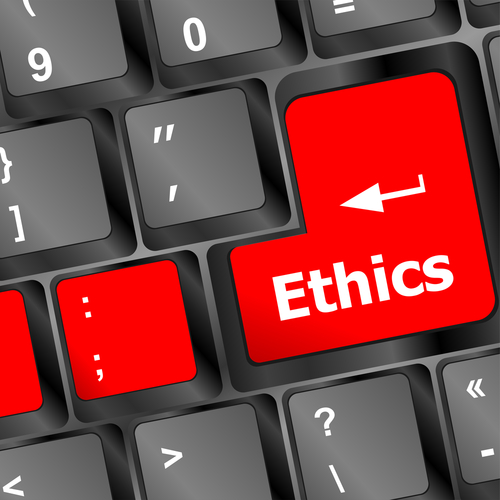How to Communicate CSR Online to Stakeholders
This is one of our free-to-access content pieces. To gain access to all Ideas for Leaders content please Log In Here or if you are not already a Subscriber then Subscribe Here.

The online communication models used by organizations to inform on their CSR activity can impact negatively on the way they are perceived by stakeholders. How can they try to overcome such obstacles and create a format for the future that engages successfully with their audience?
The way companies inform and report on their CSR programs has evolved in recent years, with online channels either complementing or supplanting more traditional offline methods of communication. Blogs, social media, and company websites all come into play, but how successful are companies at actively engaging and interacting with their stakeholders?
Recent research outlines the issues with online CSR communication and suggests ways in which companies can establish a better dialogue with stakeholders. A typical mistake, according to Professor Laura Illia (one of the co-authors of the research) is that organizations are simply using the corporate website as another form of brochure, transmitting information about what they are doing but stopping at that. “Don’t just tell them how good you are”, she advises. The risk here is a marketing one, whereby audiences can become sceptical, assuming the company is into CSR for promotional reasons only, it simply wants to be seen to be doing the right thing.
Dialogue, as opposed to transmitting information, can play a more pivotal role in implementing successful CSR initiatives and projects because it allows an organization to gain credibility, it fosters transparency, and it can win over stakeholders’ trust.
But beware of the risks – by entering into dialogue with your audience, you open up the possibility of unexpected developments. A disgruntled stakeholder group may not agree with one of your CSR projects, for example, and you need to have a plan to counter any objections.
One answer is to open up a dialogue practice for learning and consensus, to avoid the perception that your company has a hidden agenda. Professor Illia explains: “Companies need to listen, to invite views that they might act upon, recommendations that they can learn from. The aim should be to reach consensus with their stakeholders, instead of simply informing them. There is great potential if they change their attitude to CSR communication and engage in dialogue, as this can really help direct the future of their CSR programs.”
Methodology: The study analysed the practice of 95 leading corporations worldwide. It looked at the engagement and communication needs of a number of stakeholders, including employees, analysts, public administration, experts, NGOs, clients, media, suppliers, and students.
Building Sustainable Futures: Communication Strategies for Corporate Social Responsibility Change Management, IABC Research Foundation Report, 2013.
For more information about this report, please contact info@ideasforleaders.com.

Ideas for Leaders is a free-to-access site. If you enjoy our content and find it valuable, please consider subscribing to our Developing Leaders Quarterly publication, this presents academic, business and consultant perspectives on leadership issues in a beautifully produced, small volume delivered to your desk four times a year.

For the less than the price of a coffee a week you can read over 650 summaries of research that cost universities over $1 billion to produce.
Use our Ideas to:
Speak to us on how else you can leverage this content to benefit your organization. info@ideasforleaders.com